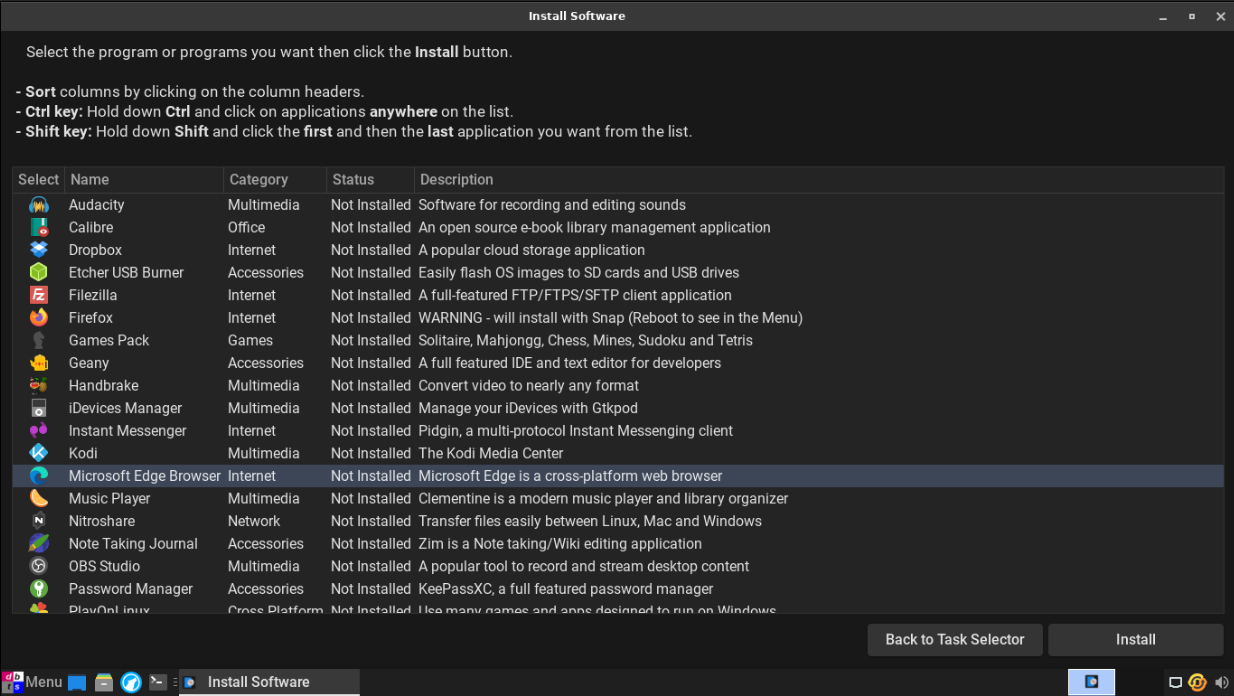
Workaround 2: Install Microsoft Edge And Use One Drive
Much like our previous discussion this configuration is putting a “transfer disk OS” between our Windows host and its Linux Lite hyper-v guest both able to sign in to Microsoft Edge and able to sign in to MS One Drive to facilitate file transfers between the two. In our Linux configuration with a Linux OS between our Windows host and its Linux hyper-v guest the “transfer disk OS” was a full desktop Linux machine running an SSH server, and our Windows host machine also ran an SSH server, a workaround which allowed for more privacy and accuracy even for remote work than this workaround. If you’re not a terrorist, or a criminal of some sort, and don’t fear a little MS telemetry and tracking, this workaround is probably OK for you. The advantage to this workaround is being able to use your Windows host’s desktop and your Linux Lite hyper-v desktop at the same time on the same machine to transfer files securely for general privacy, but subject to some MS telemetry and tracking (not necessarily a personal security risk, but still an annoying privacy concession).
Step 1) Install MS Edge to your Linux Lite hyper-v guest from Lite Software. Installing from Lite Software will automatically add a useful browser cache cleaner to Lite Tweaks.

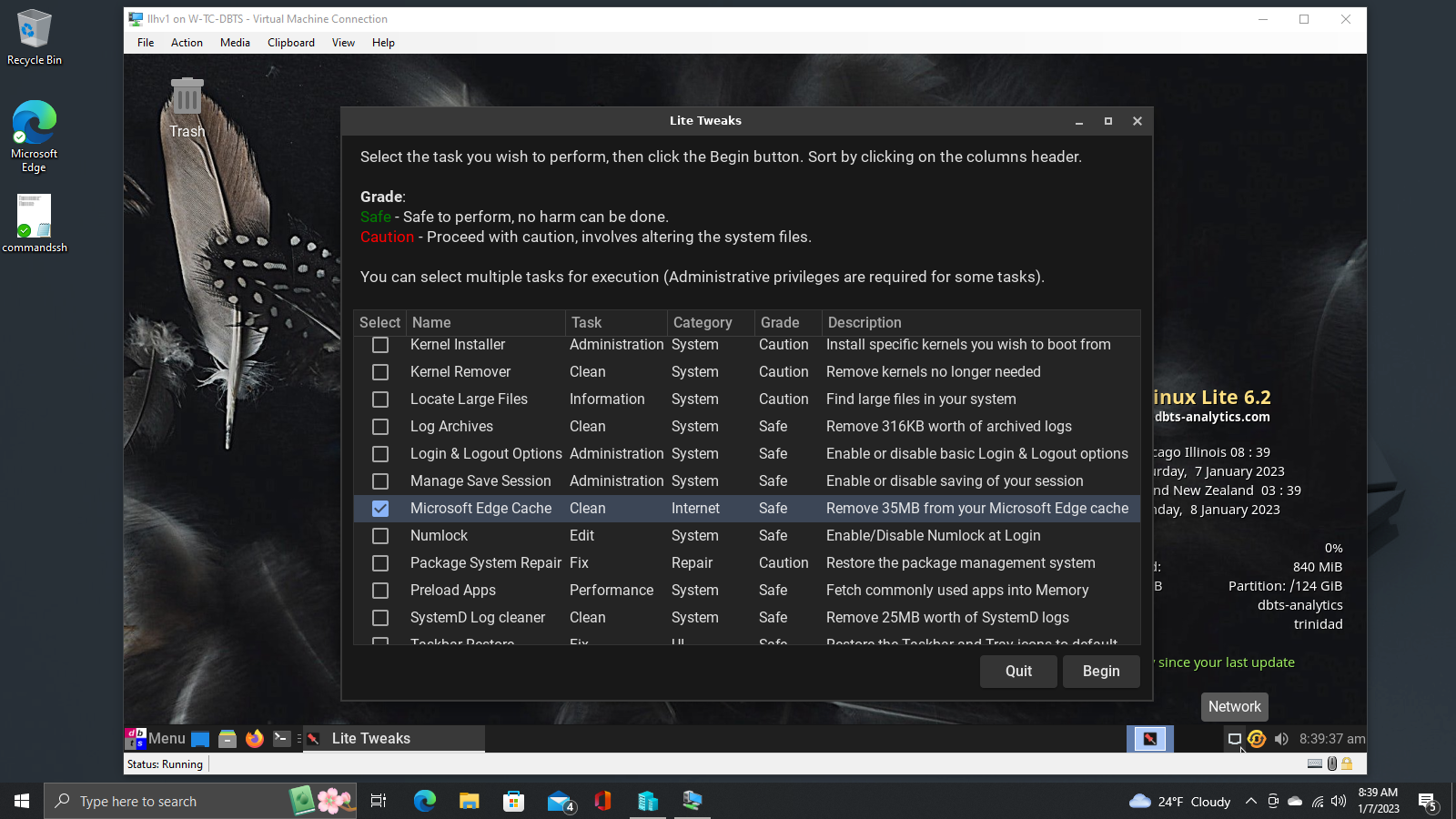
Start Microsoft Edge on your Linux Lite hyper-v guest and adjust your settings to your liking.
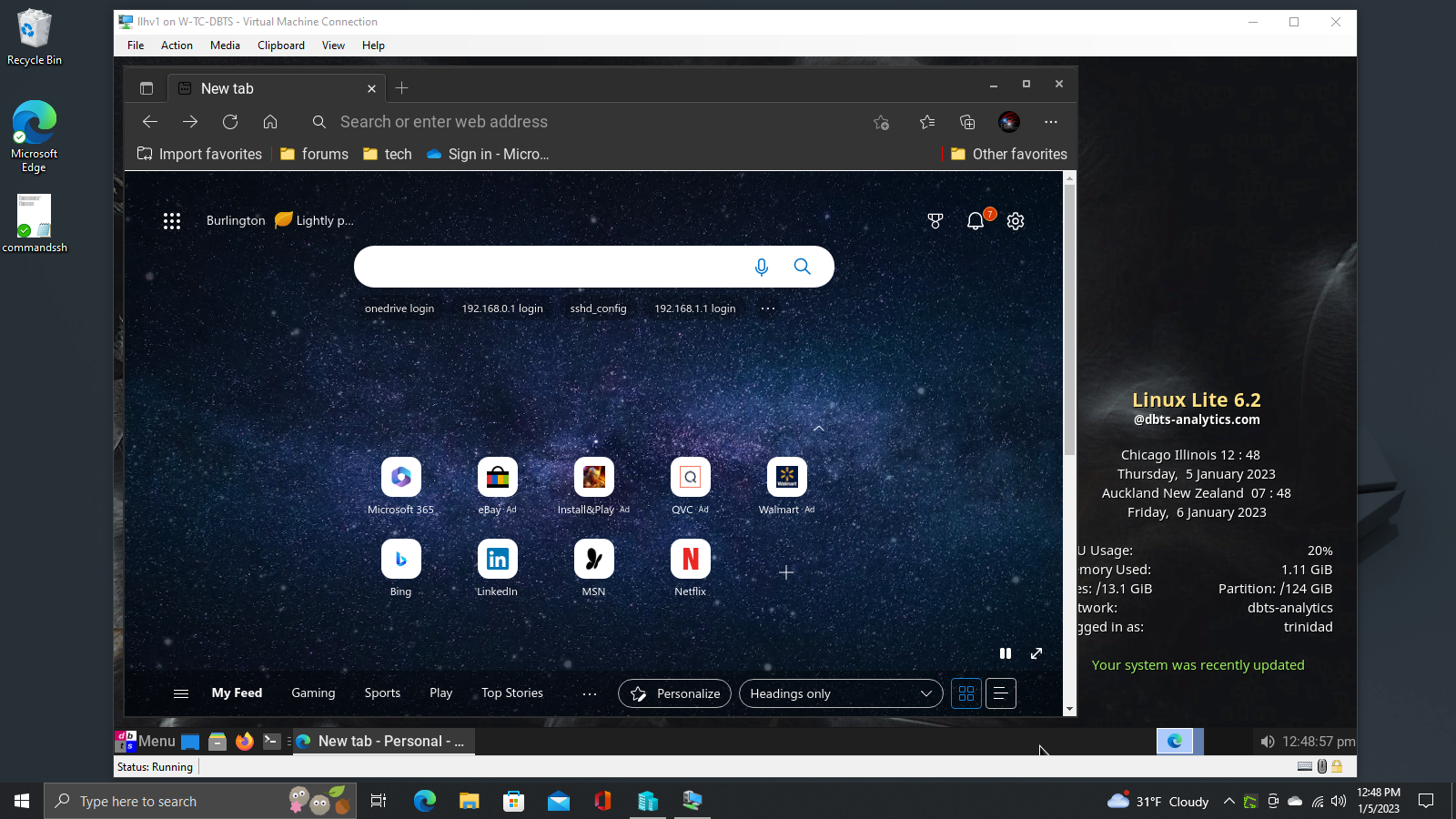
Sign in to your Microsoft One Drive.
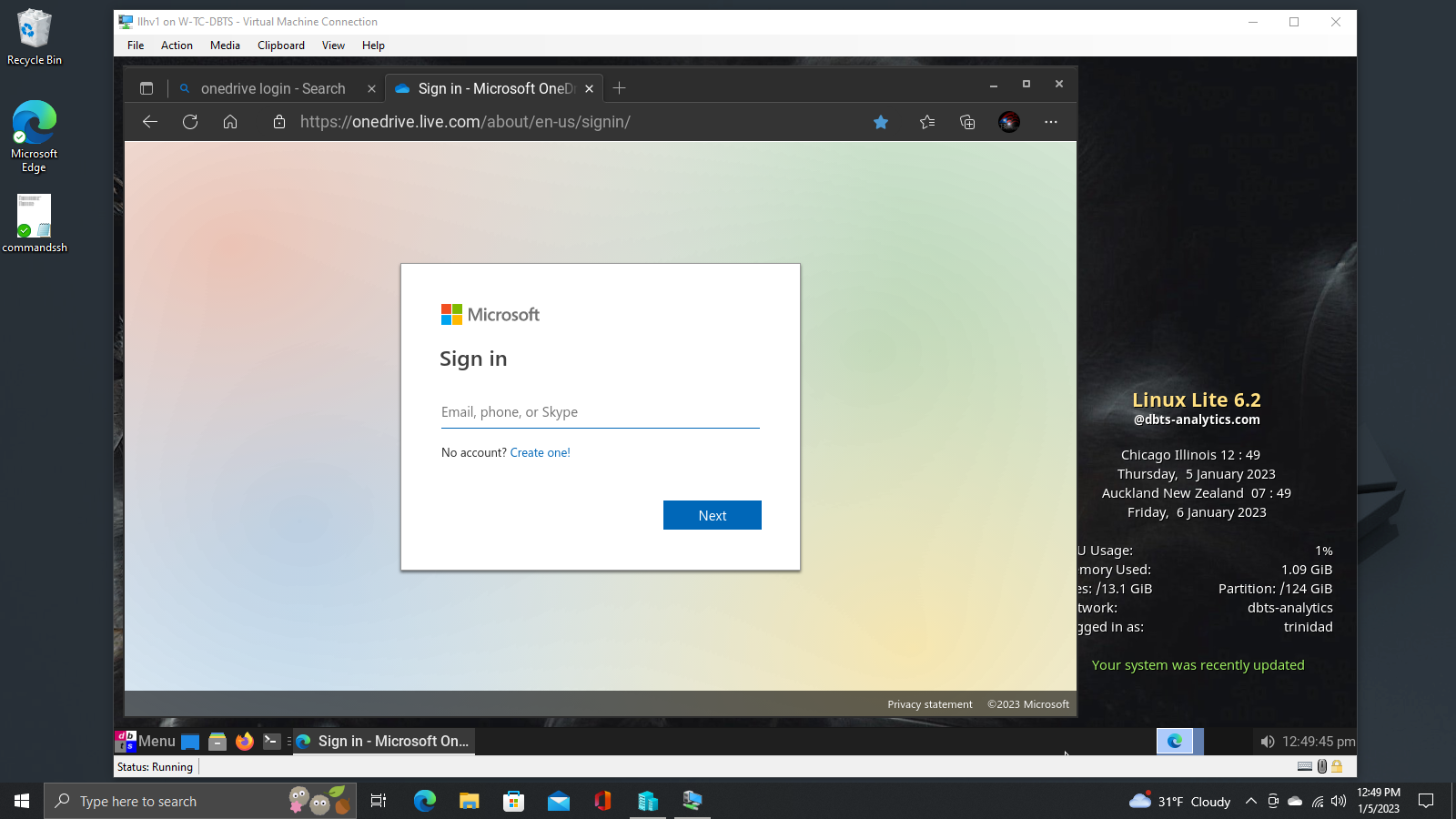
I usually get rid of the pre-configured Documents and Pictures folders (saves drive space) and empty the One Drive Recycle bin and add a single new folder for file transfers.
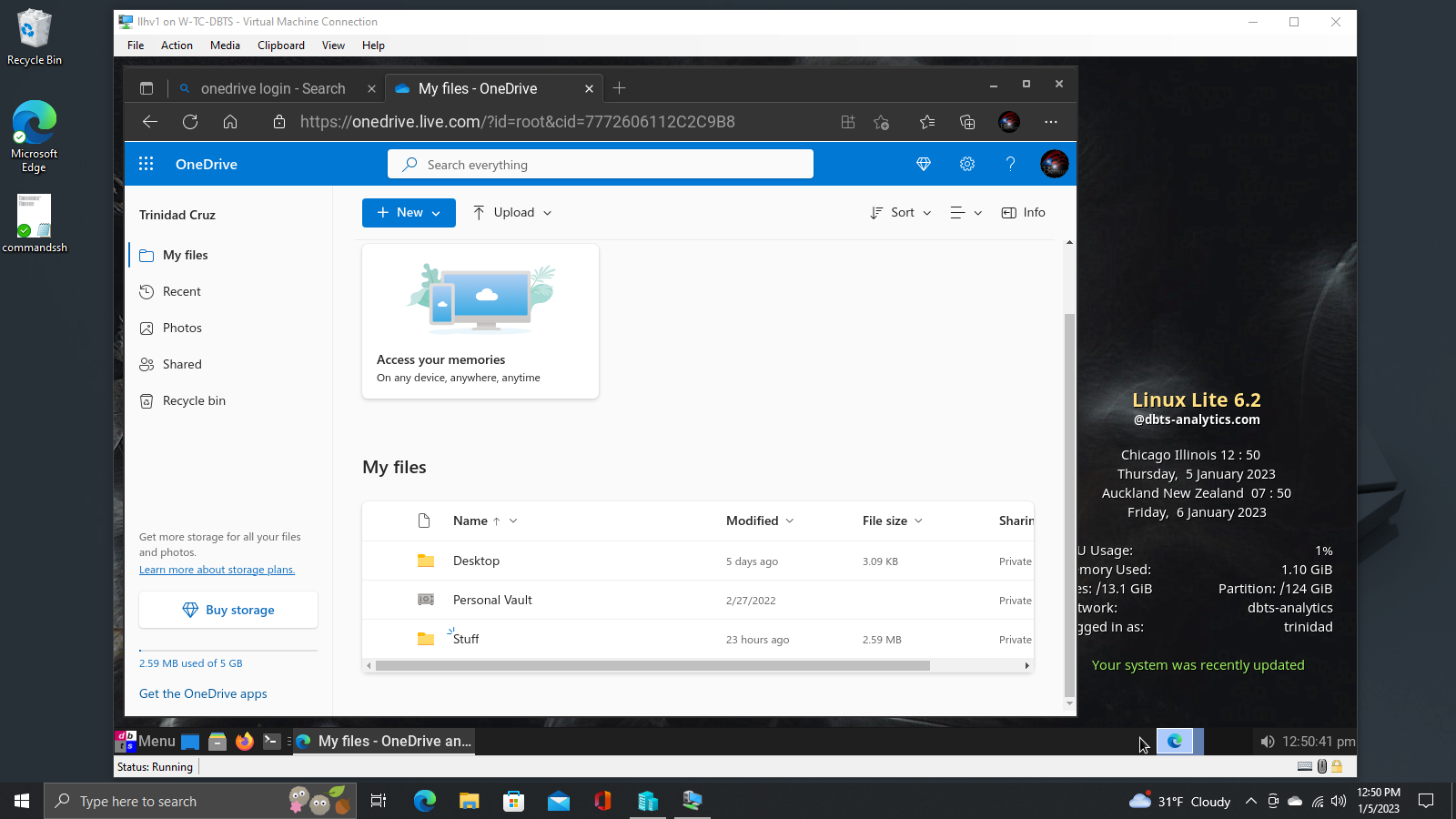
Now I can save files from my Windows 10/11 host to that folder in File Explorer and then copy them to my Linux hyper-v guest, or copy files to MS One drive in that folder from my hyper-v Linux guest and access them from my Windows 10/11 host.
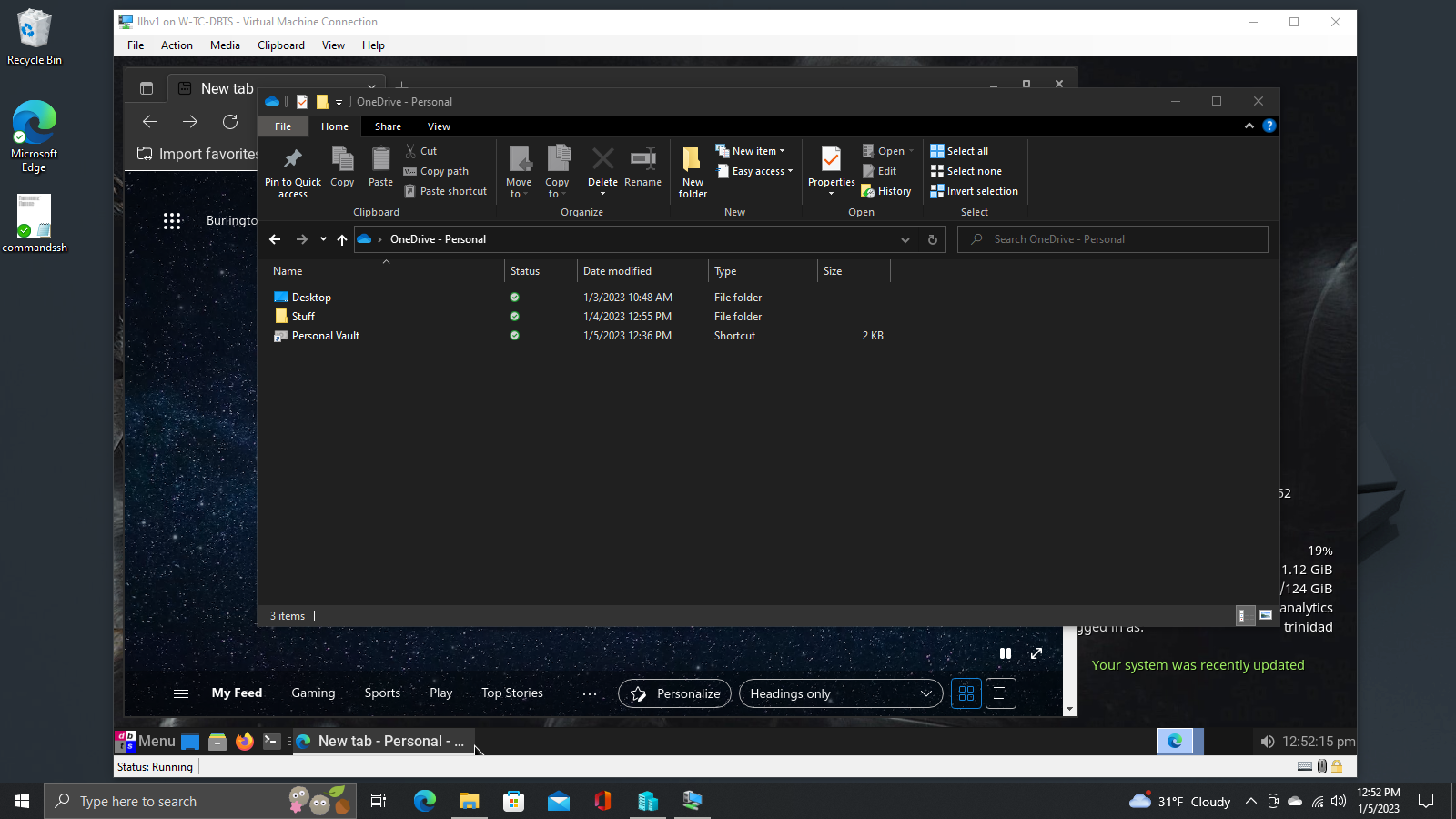
Workaround 1: Use A Running Linux System As A Transfer Disk
Workaround 3: Installing And Using Google Drive